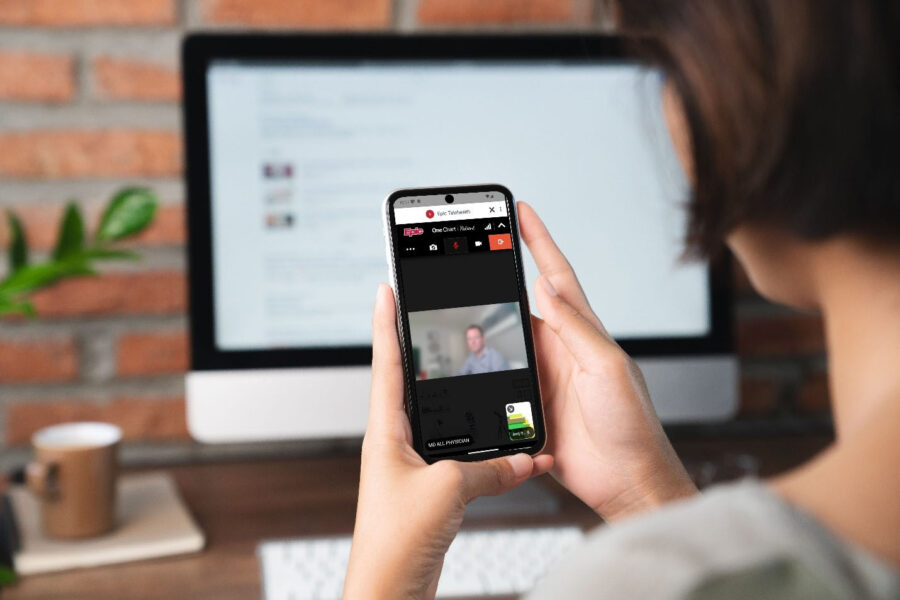A change is coming to the video platform Nebraska Medicine uses for telehealth and video visits within One Chart.
Starting on Tuesday, May 14, Nebraska Medicine will transition its Epic integrated video conferencing solution from Zoom to the Epic Video Client. This move promises several advantages that will benefit both patients and health care providers.
“The transition from Zoom to the Epic Video Client represents a significant step forward in our telehealth capabilities,” said Leslie Eiland, MD, patient experience and digital health medical director. “Nebraska Medicine remains dedicated to leveraging technology to improve the patient experience, and this project underscores our commitment to innovation and excellence.”
Epic Video Client is seamlessly integrated within the Epic EHR, eliminating the need for a separate application.
“Unlike Zoom, which requires users to install and manage separate software, Epic Video Client runs directly through the default web browser on a user’s workstation,” said David Cloyed, applications director for connected health. “This streamlined approach simplifies the user experience, reduces technical complexity and ensures a consistent workflow for our health care professionals.”
In addition, Dr. Eiland adds that Epic Video Client features are on par with Zoom’s. Whether it’s screen sharing or video calls, Epic Video Client provides a robust set of features that align with the needs of clinicians and patients. By adopting the Epic Video Client, Nebraska Medicine also will realize significant cost savings through reduced maintenance and support needs.
The integration of the Epic Video Client into the Nebraska Medicine app further enhances Nebraska Medicine outreach efforts. Patients will continue to access video visits seamlessly through their patient portal, continuing a convenient and patient-centric experience. Whether they are at home, work or on the go, patients can connect with their health care providers effortlessly.
Looking ahead, the Epic Video Client opens doors for expansion.
“We plan to extend its use beyond our internal network to our community connect partners who also utilize Epic,” Cloyed said. “This collaborative approach will enhance communication and coordination across health care organizations, ultimately benefiting patient care.”
